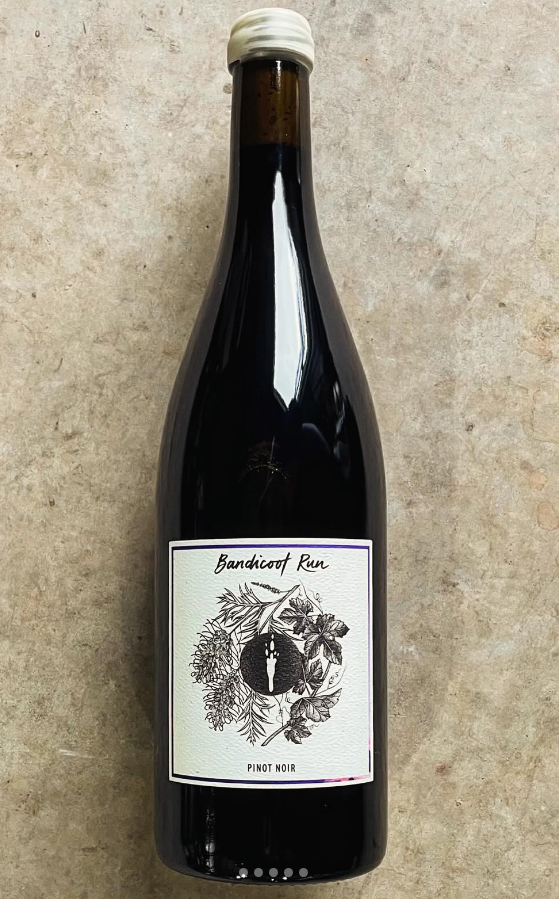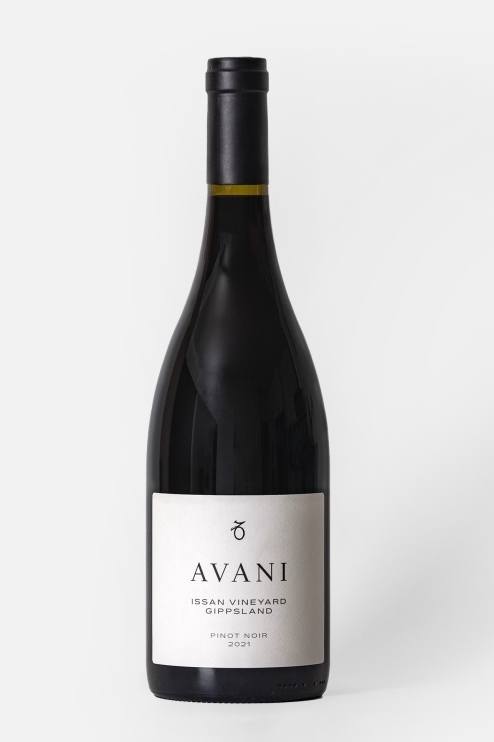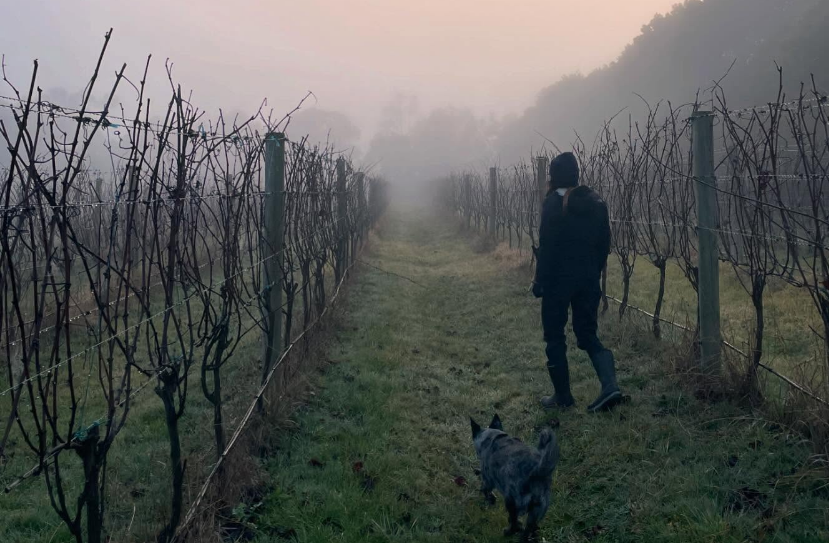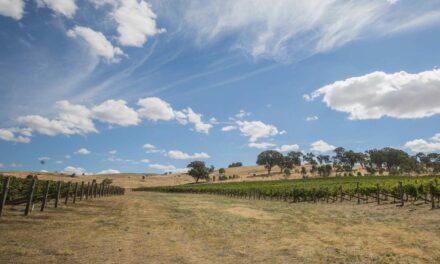Clive Hartley
Most wine people would agree that Pinot Noir suits a generally cool climate, but one which allows the grape to achieve a physiological ripeness. If you pick it under-ripe, it can appear austere, thin and weedy. If, on the other hand, it is picked too ripe then the resulting wine can taste of stewed fruits and lose its varietal, elegant, signature.

Besides the climate, the type of Pinot Noir clone is important in determining the final style of wine. There are over 45 different clones of Pinot Noir in Australia. MV6 is a common one found in Victoria and provides a firm backbone to a wine, whilst clone 114 is more aromatic and softer. Once climate and clone are taken into consideration, then it is over to the skills of the winemaker. To go over the choices that are found in a winemaker’s toolbox is beyond the scope of this article, but oak ageing, carbonic/ whole berry maceration and oxidative handling will all impact on the final wine.
I cut through this labyrinth of variables when it comes to describing the final bottled product. Most wines fit into three different styles. Recently, at a Daylesford Wine Appreciation tasting, we focussed on Gippsland wines and found all three styles.
First there is the light bodied, soft, fruit-driven styles that have aromas of red cherry, strawberries or raspberries as well as occasional floral, leafy notes (Bandicoot Run Pinot Noir 2023). Generally, these are light enjoyable wines, and hopefully at the reasonable end of the price scale.

Second comes a slightly more savoury style with some subtle cedar oak and darker red fruits such as redcurrants and black cherry (William Downie Gippsland Pinot Noir 2024).
The final style continues into the savoury side with more oak but also cured meats, mushroom, earthy, spice, herbs and sometimes a slight reductive struck match note (Avani Issan Vineyard 2021).

Whilst tannins are always light with pinot noir, they do increase as we progress through these styles, as do alcohol levels. What’s important to remember with this light bodied wine style, is that there still should be a length of palate and persistency of flavour, which is the hallmark of a good wine.
Pinot Noir is amongst the trickiest of grape varieties to grow. But if a winery gets it right then there is no better treat.
Clive Hartley is an award-winning wine writer, educator and consultant. Check out his fortnightly radio show on Hepburn Community Radio website called “put a cork in it”. Want to learn more about wine? Try his book the Australian Wine Guide (7th ed) – available for purchase from Paradise Books in Daylesford, Stoneman’s BookRoom in Castlemaine or from his website – www.australianwineguide.com.au





